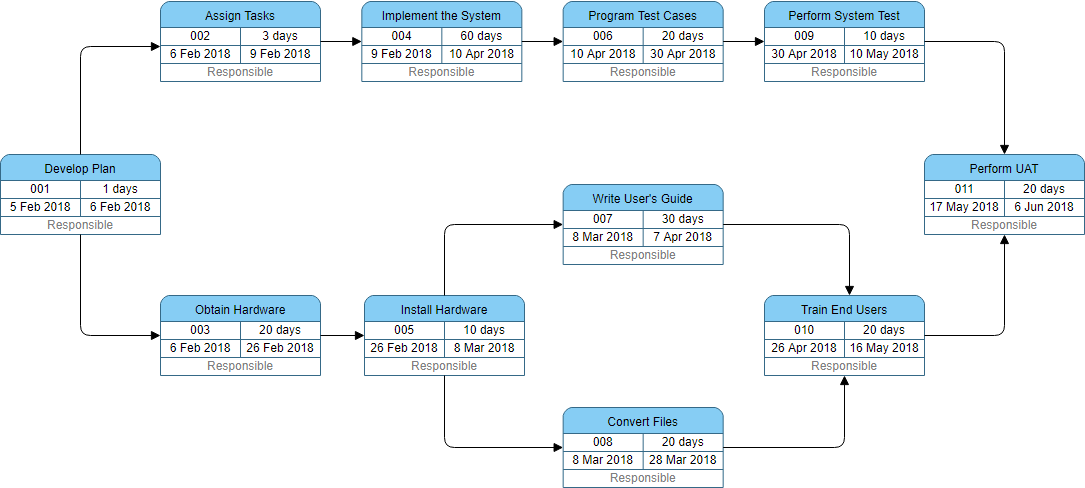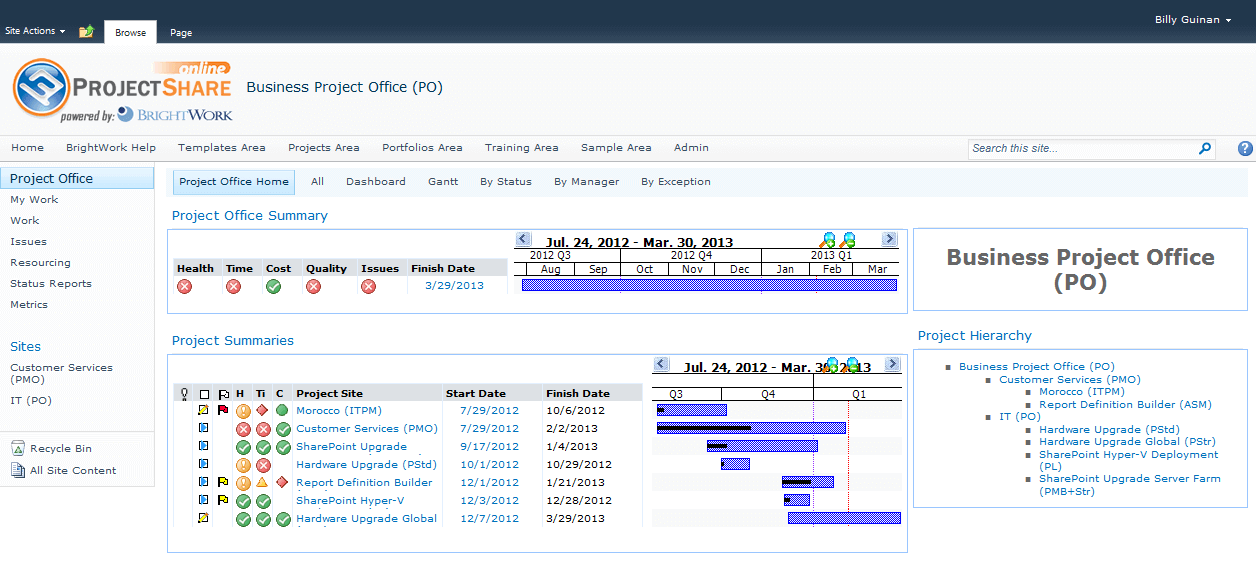

By monitoring FF, you may detect problems early and prevent teams from becoming frustrated by unexpected delays. You may also inform the team that will be working on task B that they should expect a delay in their work. In this case, you can provide more resources to the Task A team to assist them in finishing their work.
CPM SCHEDULING SOFTWARE FREE FREE
Assume that task A is approaching an extremely low free float number, putting task B at risk of being delayed. Free Float Boost Team Moraleįinally, free float can be used to keep different project teams happy and productive. Tasks with high FF numbers, on the other hand, can be pushed to the bottom of the priority list because there is no rush to finish them. If a task has zero or a low float number, it should be moved to the top of the priority list so that the project team can finish it. Free Float Improves Prioritizationįree float (FF) is an another useful number to monitor since it allows you to determine which activities must be prioritized and which can be pushed back until a later date. The only effect on the project is that the free float is reduced. This type of reassignment may free up workers and equipment that could be put to better use elsewhere in the company, reducing project costs. Because not all of the resources assigned to non-critical path tasks are required to meet the schedule, you can allow for some lengthening of non-critical task durations by reassigning some of their resources. You can use the free float to optimize the utilization of resources for the project in addition to compensating for delays on the critical path. The additional resources speed up the work and get it and the project back on track, while the non-critical task’s delay is absorbed by the free float. If the duration of a task is sensitive to the resources assigned to it, such as the number of people working on it or the amount of computer time assigned to it, you can move resources from non-critical activities to the problem task. One approach is to consider pulling resources from tasks on non-critical paths and assigning them to the task that is causing the project to be delayed. As project manager, you must identify the least-costly and least-disruptive solution to the problem. Using Free FloatĮven though project managers closely monitor the tasks on the critical path, unavoidable delays may occur. If anything else, it is likely to be a red herring question to trick you.Free float is always zero on the critical path.
CPM SCHEDULING SOFTWARE FREE HOW TO
How to identify and calculate Free Float/Slack?įree float is calculated by subtracting the early finish (EF) of the activity from the early start (ES) of the following activity.

So the node with Free Float in Pmbok is always the activity right before the finishing activity for Activity on Arrow type of Network Diagram or the finish for Activity on Node type of network diagram. This is calculated on the last activity on a path.

PMBOK defines the free float: It’s the amount of time that a time schedule can be delayed without delaying the early start date of immediately following scheduling activities. Now let us look at a different type of Float: It’s the Free Float in Pmbok. – Free float Formula 2: is measured by subtracting the early finish (EF) of activity from the early start (ES) of the successor activity. – Free Float Formula 1 = Earliest ES (Early Start) of Following Activities – ES (Early Start) of Present Activity – Duration of Present Activity Here below the free float formula in CPM Calculation: Free Float Formula in Critical Path Method Free Float Boost Team Morale What is Free float In Project Management?įree float(FF) is the amount of time that a schedule activity can be delayed without delaying the early start (ES) date of any immediate successor activity within the network path.How to identify and calculate Free Float/Slack?.Free Float Formula in Critical Path Method.What is Free float In Project Management?.


 0 kommentar(er)
0 kommentar(er)
